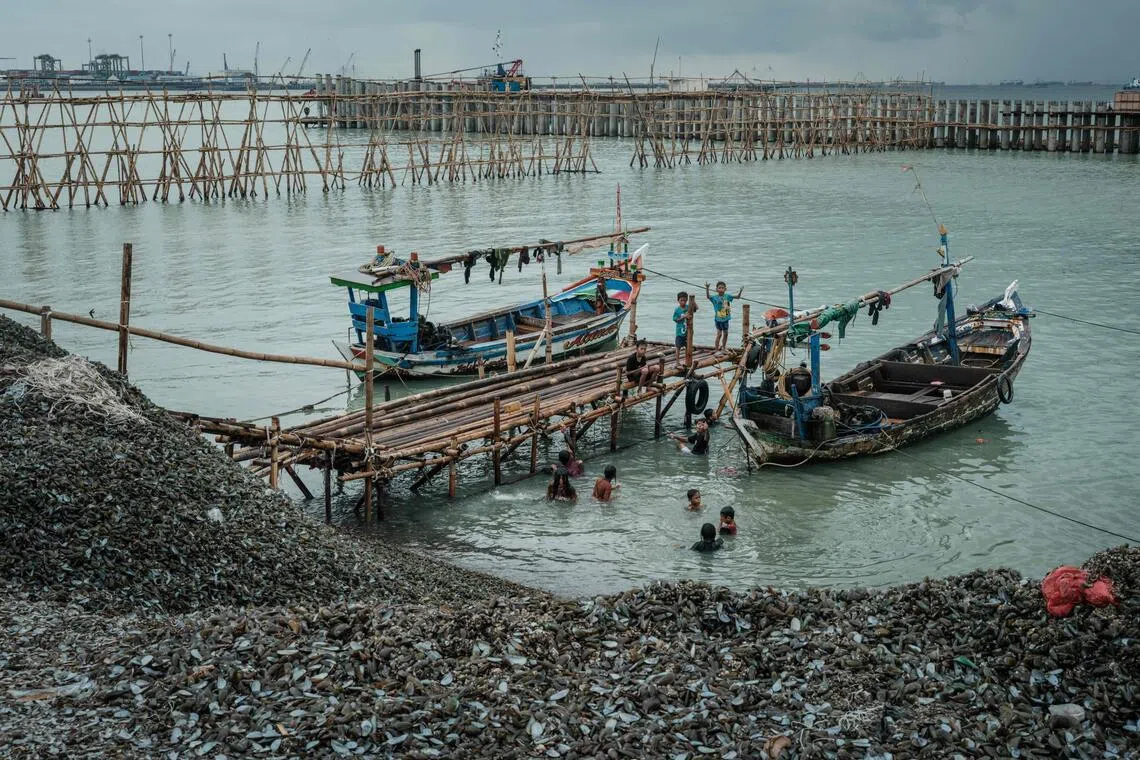The coastal areas of North Jakarta, particularly Cilincing, are facing a significant environmental and economic challenge as vast quantities of discarded green mussel shells pile up, contributing to severe coastal erosion. This stark reality is visually evident with children swimming near these towering shell mounds, underscoring the everyday impact on local communities.
A Decade of Shelling: Mr. Fajar's Livelihood Amidst the Piles
For residents like Mr. Muhammad Fajar Alamsyah, who has spent over a decade meticulously extracting mussels from their shells in a modest tent overlooking Jakarta Bay, this situation represents a complex intersection of livelihood and environmental degradation. His work, a critical component of the local fishing economy, allows him to process up to 20kg of edible mussel flesh on a productive day, helping him make ends meet in a job that doesn't require sailing.
The Scale of the Problem: From Harvest to Heap
The scale of the green mussel industry in North Jakarta is immense; local fisherfolk can harvest an astonishing 1 to 4 tonnes of green mussels daily. While this provides a vital income source for many who do not venture out to sea, the sheer volume of discarded shells creates a burgeoning waste problem.
These colossal shell heaps, a byproduct of a thriving local industry, are not merely an eyesore; they are actively exacerbating the erosion of the coastline, threatening the very communities that depend on the sea for their survival. The long-term implications for the environment and the socio-economic fabric of these fishing neighborhoods remain a pressing concern, demanding sustainable waste management solutions.

